
IMPLEMENT
What resources are there to help me reduce dependency risks and enhance the resilience of my community?
This module provides examples of mitigation projects that can be used to manage dependencies and increase community resilience. It also examines case studies of communities that have taken steps to understand their dependencies through planning and identifies resources that can support the integration of critical infrastructure and dependencies into planning.
Previously we discussed what dependencies are in the LEARN module and how they can be built into planning in the PLAN module. This module provides an overview of options for enhancing resilience and case studies and resources you can use to build resilience in your community or region.
Key Lessons
- There are multiple approaches to enhancing resilience and reducing risk from infrastructure system dependencies.
- Other communities have taken effective approaches to incorporate dependencies into planning activities.
- There are many resources to support and guide implementation of infrastructure dependency risk assessment and resilience planning.
Resilience Solutions
Once infrastructure dependencies have been identified, actions can be developed to reduce associated risks and provide resilience. The first step should be to establish what your resilience objectives are. This will help determine the best mitigation strategy to pursue. Note that mitigating infrastructure risk does not necessarily entail heavy investment in physical infrastructure—there are many ways to develop plans and procedures that can reduce risk without significant capital investment.
Things to Consider
When evaluating the wide variety of options available for enhancing resilience, the relevant costs and benefits of each should be considered. FEMA has developed a benefit-cost analysis toolkit that can aid communities in making these decisions, though many other tools are available.
As you consider mitigation measures, you should also think about:
- What strategies and actions can be used to meet resilience objectives?
- Do approaches enhance or build upon existing mitigation measures?
- What is the effectiveness of the measure in protecting the system from disruption?
- Does it significantly reduce the risk?
- Does it address multiple hazards?
- Does the measure mitigate a risk upon which multiple other systems or functions are dependent?
- How much will the measure cost in comparison to the benefits it will provide?
- Are there barriers – such as technical feasibility, legal issues, political opposition, or social or environmental impacts – that would pose challenges to implementation?
- How should measures be prioritized based on decision criteria and considerations such as co-benefits, capability, and resource availability?
- What is the capability/authority of the community to address infrastructure system services and what other jurisdictions or private sector providers are important to those objectives?
- How could other community plans and authorities be used to implement these measures?
- What outside technical, regulatory, investment, cooperative agreement or other resources are needed and available to implement those solutions?
Approaches for Reducing Dependency Risks
With those considerations in mind, there are many approaches to reducing infrastructure dependency risk, several of which are detailed below. For each approach, explore the various ideas of risk reduction measures, as well as things communities should ask themselves when choosing options.
Backup Systems and Redundant Providers
In choosing this approach, communities should ask:
- What plans/partners are in place to get alternate critical services (water, power, supplies, etc.) following a disruption?
- Are there critical system interconnects?
- Does the backup system depend on other services/systems?
- Is my redundant provider the same as multiple other systems? Where am I in priority for receiving services?
SAMPLE IDEAS
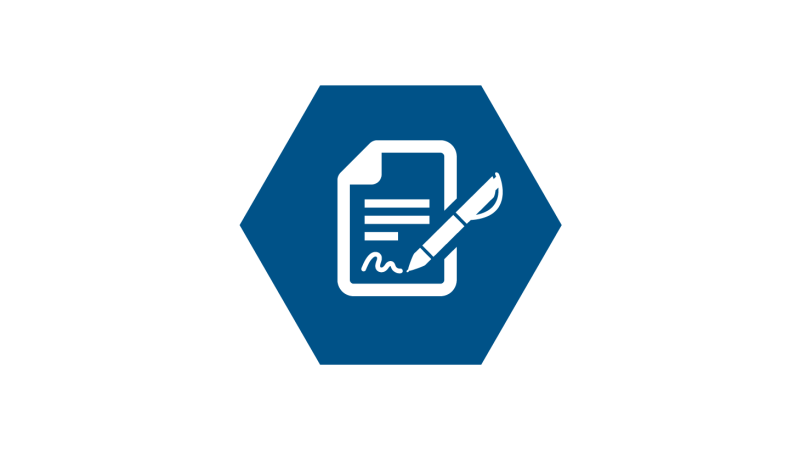
Emergency contracts for critical commodities
Similar to dual suppliers, arranging emergency contracts for critical commodities can provide communities with a rapid option for acquiring items like fuel and medical supplies during an emergency.
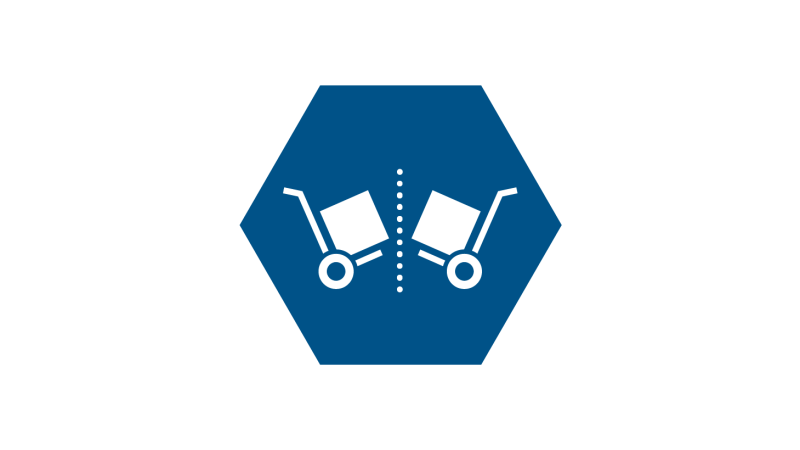
Dual suppliers of critical products and raw materials
Identifying multiple suppliers of key products such as fuel or medical supplies can reduce delays during a disruption and help ensure their availability in case one supplier is unable to provide services.

System interconnects from secondary providers
Interconnects with regional systems – whether tying in adjacent water and wastewater systems, identifying secondary substations to power a facility, or adding interconnects with regional power providers – provide a redundant source of key services.

Acquiring alternatives for backup power
Electric power is fundamental to virtually all infrastructure operations – acquiring permanent generators, obtaining portable generators, installing battery backup systems can help ensure key facilities operate during power disruptions.

Developing a continuity of operations plan
Continuity of operations plans provide a set of procedures for maintaining system operations during an incident and may include identification of supplemental providers of critical services and commodities in the event of a disruption.
Workarounds
In choosing this approach, communities should ask:
- How long can operations be maintained without the service?
- What are the impacts on operations?
- Is the community able to absorb these impacts?
- How long can a work-around be sustained?
SAMPLE IDEAS

Product storage
Increased product storage, such as additional fuel or water tankage, can help a community weather disruptions to the supply of critical products.

Stockpiles of critical materials
Increasing the on-hand supply of critical products, such as fuel, water, or medical supplies can improve resilience to disruptions that may delay or prevent their normal delivery.
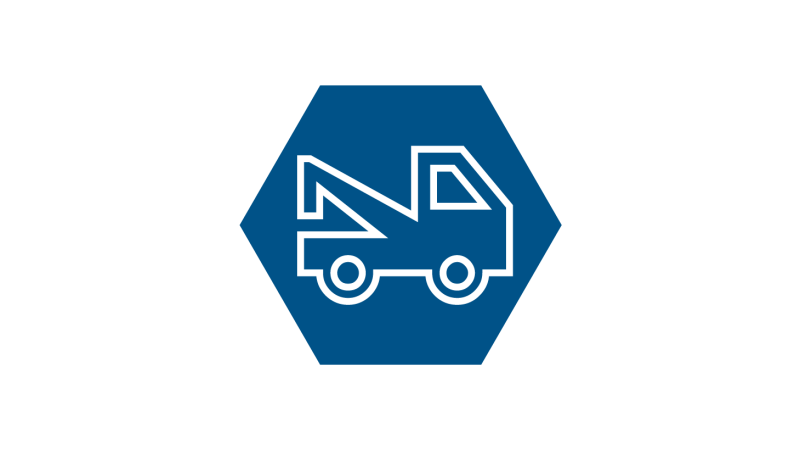
Response and recovery planning
Response and recovery planning activities provide an opportunity to consider how a community will respond to and manage loss of one or more infrastructure systems, and detail plans for providing key services in the absence of infrastructure systems.
Protection Measures
SAMPLE IDEAS

Retrofit a structure
Building or system retrofits can reduce the vulnerability of key systems to hazards like flooding, earthquakes, wildfire, or intentional attack. Groups like the American Society of Civil Engineers can provide standards that can improve resiliency.

Build a new structure
Capital investment in new facilities can increase redundancy of infrastructure services or replace aging or vulnerable systems and assets. This can include installing separate, redundant assets or simply increase the capacity of existing systems.

Construct a protective barrier
Mitigation measures such as flood walls, levees, and fire breaks can be proactively built and maintained to protect key facilities from natural hazards in vulnerable areas.

Relocate a facility
Relocation of key systems and residential buildings out of hazard-prone areas can significantly reduce their risk.
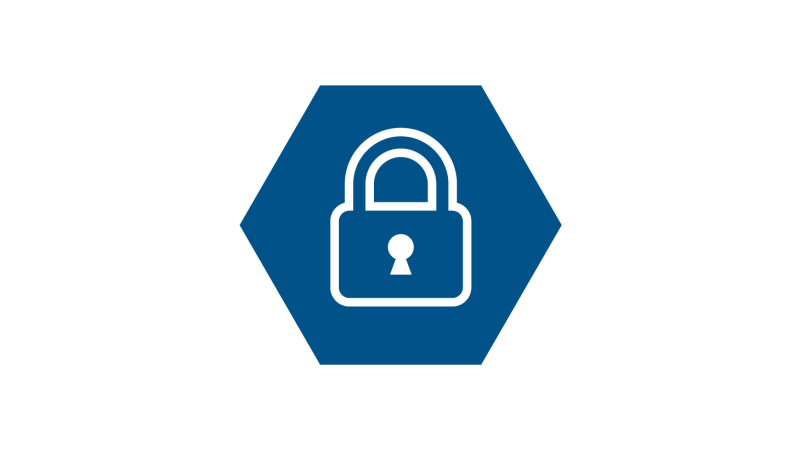
Add or enhance existing security measures
Increased security measures can lower the threat of and vulnerability to intentional attacks that seek to disrupt infrastructure systems. These can include increased detection (cameras, lighting) and denial (security, gates, locks) capabilities.

Perform regular maintenance to meet required performance
Regular maintenance activities can extend the lifespan of infrastructure systems and reduce their risk of failure during an incident. This includes maintaining roads and bridges, replacing water pipes, clearing power systems of trees and other growth
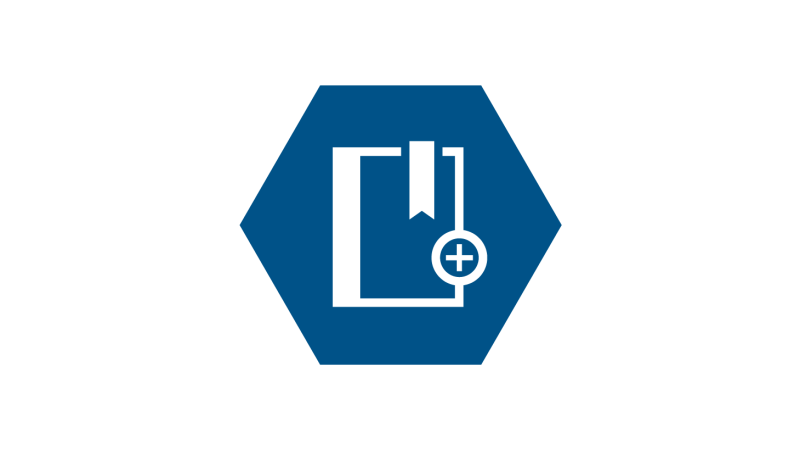
Update zoning, building codes, and standards
Zoning, building codes, and adoption of standards can create requirements for facilities and systems to comply with resilience objectives in a community. These can be used to limit development in hazard-prone areas and reduce vulnerability.
Implementation Considerations
Across the various options for reducing risk and enhancing the resilience of infrastructure systems, there are a number of key considerations that will help communities and regions implement these measures:
- Who will be responsible for implementation?
- What other parties (partners or collaborators) should be involved?
- What type of funding will be used to implement the action? (loan, grant, public-private partnership, etc.)
- What type of personnel are needed to implement the action? (government, contractor, legal, etc.)
- What type of material resources are needed to implement the action? (equipment, raw materials, etc.)
- What is the estimated timeframe for implementation?
Once resilience solutions have been identified and developed, they should be validated or tested to ensure that they effectively meet resilience goals. One way this can be done is by performing an exercise (tabletop, functional, or full-scale) of specific plans and/or measures.
Case Studies
Below are a handful of case studies showing how communities have integrated infrastructure dependencies and resilience solutions into planning.
Best Practices
The following are links to a selection of hazard mitigation best practices. While this list is by no means exhaustive, it’s a helpful starting point when considering mitigation projects. These best practice compendiums can provide ideas for mitigation projects as communities seek to enhance the resilience of their infrastructure systems.
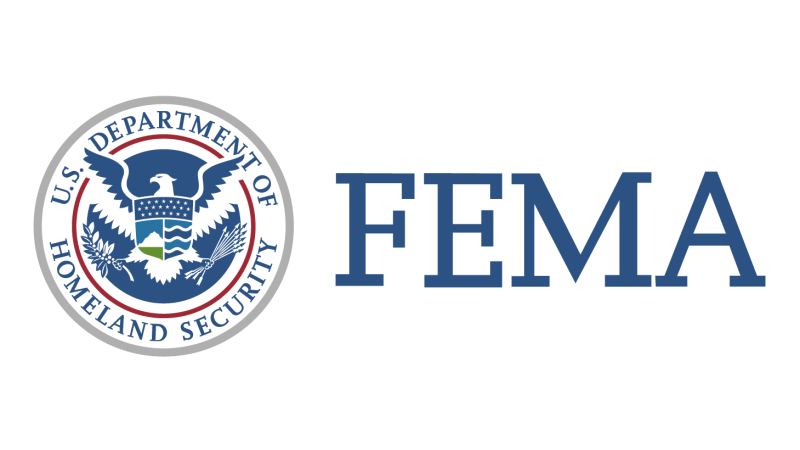
FEMA Mitigation Best Practices
This Federal Emergency Management Agency webpage contains stories, articles, or case studies about individuals, businesses or communities that undertook successful efforts to reduce or eliminate disaster risks.

EPA Water Resilience
This drinking water and wastewater resilience webpage provides information and resources for improving water sector resilience through various activities.

FHWA Transportation Resilience
This Federal Highway Administration webpage provides guidance, frameworks, research, and other information for increasing the health and longevity of the Nation's Highways.
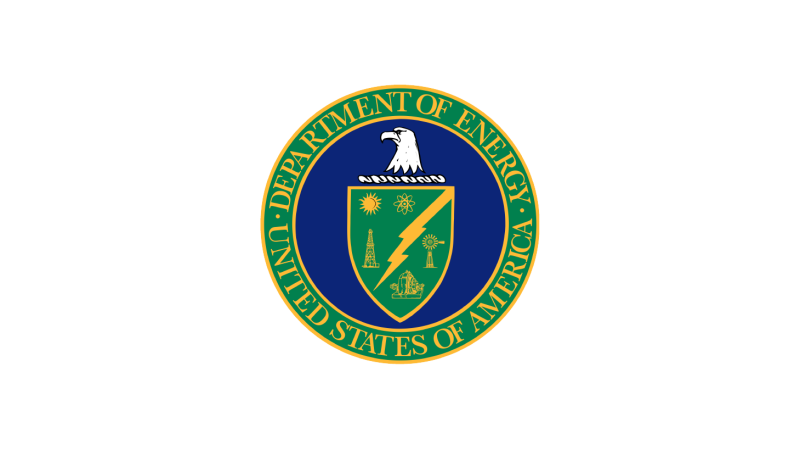
DOE Electric Grid Resilience Ideas
This Department of Energy, Office of Electricity site provides responses from industry and associations on cost-effective ways to enhance the resilience of electric infrastructure systems against severe weather events.
Implementation Resources
The following resources provide further information on how to include infrastructure, dependencies, and resilience into your planning efforts. They provide additional guidance for identifying and analyzing dependencies as well as information regarding hazards and mitigation measures.
FRAMEWORKS & GUIDES
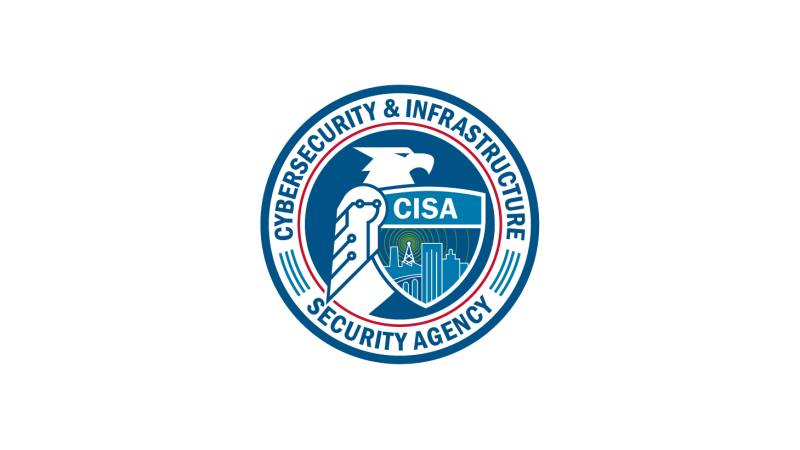
Infrastructure Resilience Planning Framework (IRPF)
This planning framework provides an approach and resources for integrating critical infrastructure and resilience into planning activities.

IRPF Dependency Identification Guides
Specific IRPF resources that can be used to identify and assist with planning for infrastructure dependencies include:
Community Systems Dependency Discussion Guide
System Owner/Operator Dependency Interview Guide

Methodology for Assessing Regional Infrastructure Resilience
This document outlines a repeatable method for conducting voluntary regional infrastructure resilience assessments that both public and private stakeholders can tailor and apply to their own needs.

Regional Resilience Assessment Program Dependency Analysis Framework
This framework outlines a consistent analytic approach used by CISA for evaluating critical infrastructure dependencies.

NIST Community Resilience Planning Guide
This is a two-volume planning guide for buildings and infrastructure systems produced by the National Institute of Standards and Technology to help communities improve resilience by setting priorities and allocating resources to manage risks.

NIST Cybersecurity Framework
This framework by the National Institute of Standards and Technology provides a list of standards, guidelines, and practices that can help an entity align its cybersecurity activities with its mission requirements, risk tolerances, and capacities.
TOOLKITS

Communications and Cyber Resiliency Toolkit
This CISA public safety communications toolkit provides an interactive graphic with links to resources for evaluating communication network resiliency capabilities.

Regional Resilience Toolkit
EPA, FEMA, and partners developed this toolkit to allow multiple jurisdictions to work together for regional-scale resilience with non-governmental groups/organizations by conducting a vulnerability assessment and selecting hazard mitigation actions.

U.S. Climate Resilience Toolkit
This toolkit provides guidance, tools, and resources to help planners and the public understand impacts of extreme weather for their communities. It includes climate mapping products, approaches for enhancing resilience, and information about impacts
OTHER SOURCES OF INFORMATION

CISA Regions
CISA Regional personnel work with partners at the regional, state, tribal, and local levels to:
- Conduct infrastructure analyses
- Facilitate information sharing between partners
- Support infrastructure preparation, response, and recovery to hazards

FEMA Mitigation Planning Activities Implementation
FEMA provides links to various publications that can help communities implement, integrate, and maintain mitigation planning activities to create resilience.

ASCE Infrastructure Resilience Division
The American Society of Civil Engineers (ASCE) Infrastructure Resilience Division provides resources for engineering approaches to enhancing resilience, including reports and published standards for enhancing the resilience of infrastructure systems.

APA Planning and Infrastructure Resources
The American Planning Association (APA) maintains a knowledge center of resources for planners on various topics, including infrastructure and extreme weather.
Looking for additional resources?
Bookmark the Infrastructure Dependency Primer for quick access to infrastructure dependency related resources and videos.







